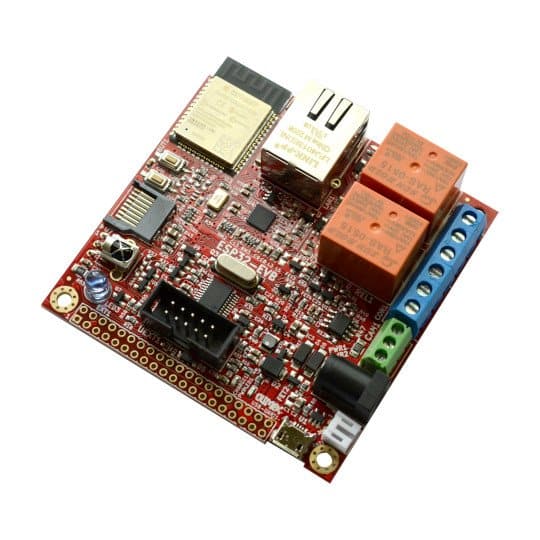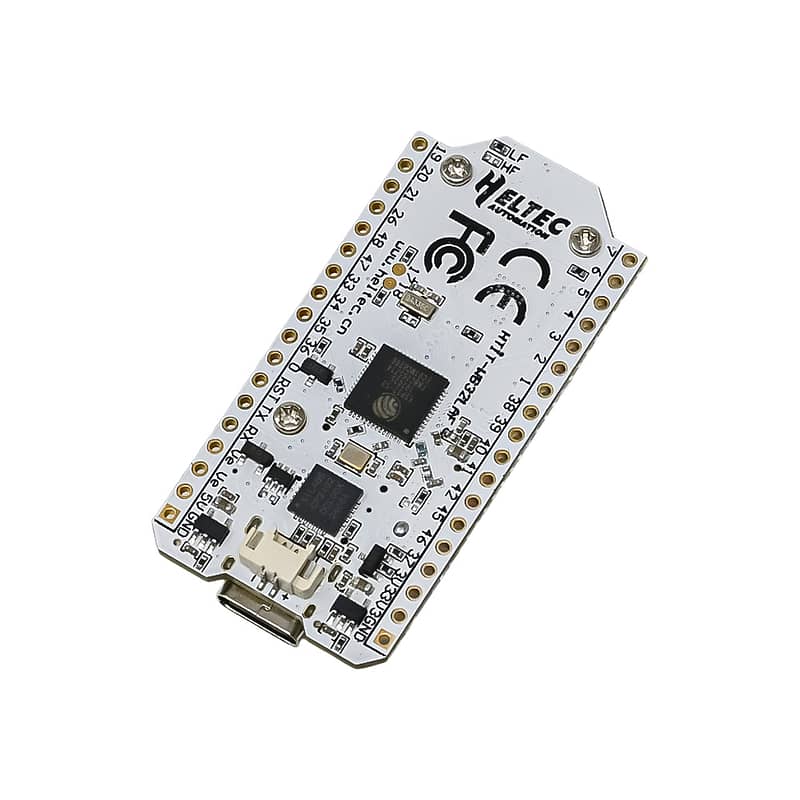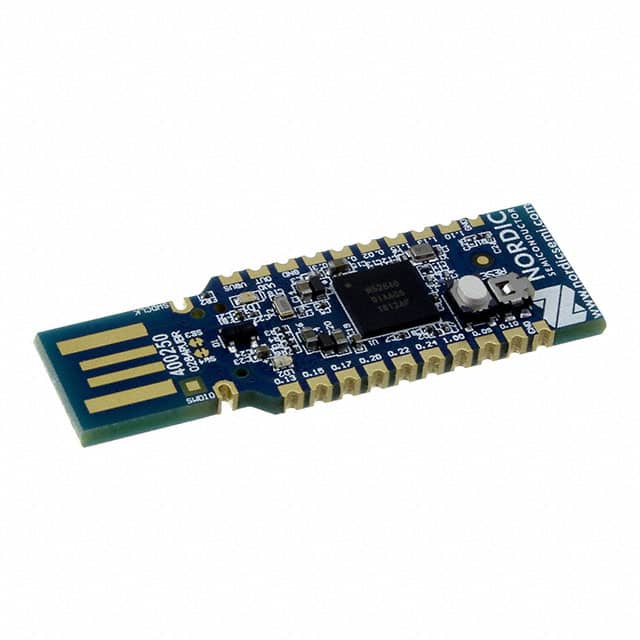What Makes a Robot “Humanoid”? A Definitive Guide to Human-like Machines
Humanoid robots have taken center stage in robotics innovation, from Tesla’s Optimus to Agility Robotics’ Digit and Figure AI’s sleek prototypes. But amid all the headlines, one question often goes unasked: What exactly defines a humanoid robot? And how does it differ from the broader category of robots like industrial arms, autonomous vacuum cleaners, or quadruped dogs?
🤖 Robot vs. Humanoid: Key Differences
While all humanoids are robots, not all robots are humanoids. A robot is any programmable machine that can carry out a series of actions autonomously or semi-autonomously. A humanoid, on the other hand, is a specific subclass of robots designed to resemble or interact like a human. It’s about giving it the form, function, and finesse needed to operate in a world built for humans.
🧬 Core Attributes of Humanoids (and Why They Matter)
1. Bipedal Locomotion
A humanoid must walk like a human—or at least stand upright. Why? Because the physical world is designed around upright movement: stairs, door handles, public transportation, workspaces.
2. Human-like Proportions
This includes a torso, two arms, and two legs. This enables humanoids to use the same tools, workspaces, and interfaces as humans.
3. Articulated Limbs
True humanoids must exhibit degrees of freedom (DOF) similar to humans—rotating shoulders, bending elbows, grasping fingers.
4. Head-like Sensor Units
A head often contains cameras, microphones, and orientation sensors. This enables sight, hearing, and spatial awareness.
5. Anthropomorphic Interaction
Features like facial expressions, gesturing arms, and human-like posture make humanoids more intuitive and socially acceptable in workplaces and homes.
6. Speech Capabilities
Humanoids often include voice interaction capabilities, reducing the learning curve for operators and users.
7. Tool Compatibility
A humanoid should be able to operate tools and devices made for human use—this enables seamless integration into existing workflows.
📏 Measuring the Humanoid: More Than Just a Face and Legs
To meaningfully track and compare humanoid development, we must standardize their technical attributes, much like we do for AMRs and industrial arms. This includes everything from physical dimensions to grip strength and charging speed.
Size & Weight
Height and width determine whether a humanoid can reach shelves, fit through doors, or operate in tight factory spaces. Weight impacts safety. Heavier robots need better fall protection and smarter control systems, but may also offer better dynamic stability.
Battery & Endurance
Battery specs define operating hours, shift compatibility, and charging logistics. Fast or wireless charging enables greater autonomy.
Dexterity & Movement
More DOF = more human-like performance. Hand design and grip strength determine what objects can be handled, and how safely.
Perception & Interaction
“Eyes” may be stereo RGB cameras, depth sensors, or LiDAR. Gaze tracking and expression enhance communication. Facial realism fosters trust and usability in public-facing roles.
Interface Layer
Voice interaction, screen interfaces, and fallback controls (apps, joysticks) are vital for real-world applications and training phases.
✅ Standard Attribute Table
| Section | Attribute | Description | Why It Matters |
|---|---|---|---|
| Form Factor | Height / Width / Weight | Human scale, mobility fit, safety implications | Environmental fit, tool access, risk management |
| Power System | Battery Type / Capacity / Duration / Charging | Energy source, working hours, downtime handling | Shift planning, automation, infrastructure |
| Mobility | Bipedalism / Walk Speed / Stability | Locomotion method and terrain capability | Environment access, balance, safety |
| Dexterity | DOF / Grip Type / Payload | Manipulation of human-scale tools and items | Versatility, task automation |
| Perception | Vision / Audio / Eye Movement / Expression | Human interaction sensors | Navigation, social integration, AI interaction |
| Interfaces | Voice / Screen / Remote Control | User interaction layers | Trainability, accessibility, command structure |
🎯 Conclusion
By quantifying these aspects, humanoid robotics becomes not just a field of dreams, but a field of engineering. It lets developers benchmark, investors understand capabilities, and customers know what they’re buying. Definitions allow us to progress—technically, commercially, and ethically.




